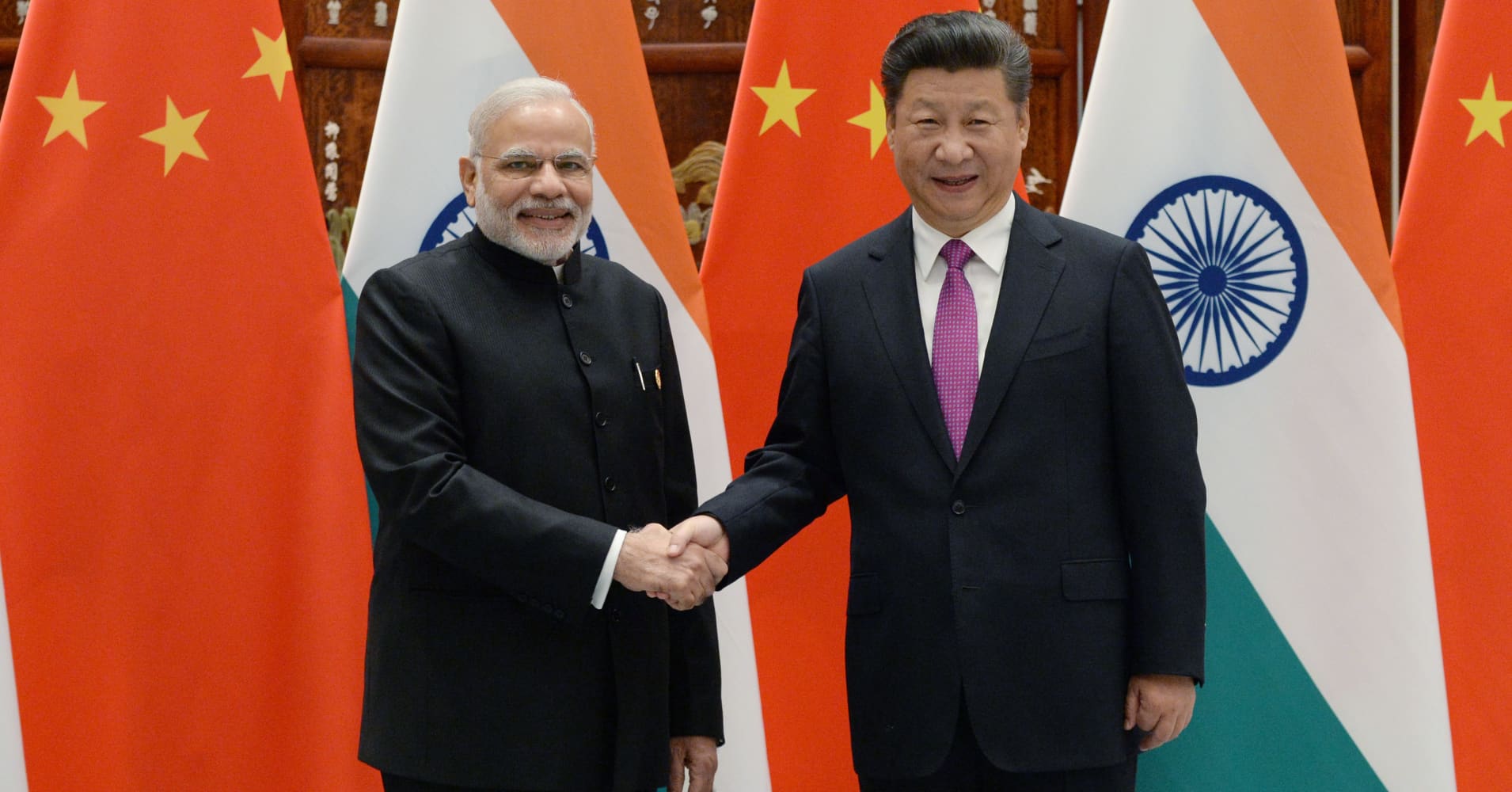
The strong consumer-led domestic demand will also widen India’s trade gap — one of the key issues discussed with China during the Wuhan summit.
On current evidence, that’s happening already. In the course of the first quarter of this year, India’s merchandise trade deficit shot up 8 percent. During all of last year, the deficit on goods and services trade (the current account) more than tripled.
China, India’s largest trade partner, can definitely help with all that by buying more from India to cut down last year’s trade surplus of $51.7 billion, which was an increase of 8.5 percent from 2016.
China is doing some of that. India’s exports to China last year increased 39.1 percent to $16.3 billion. But there is still a long way to go because China takes only about 4 percent of India’s exports, while, incredibly, the European Union remains Delhi’s main export market, absorbing nearly 20 percent of Indian sales abroad.
Diamonds, copper, iron ore, organic chemicals and cotton yarn have been among India’s bestsellers to China. Delhi could also try to sell software and other IT products. Tourism is another potentially hot-selling product of India’s vast hospitality industry. At the moment, India says it is getting only 1 percent of some 150 million Chinese traveling overseas.
India may also wish to join China’s Belt and Road infrastructure projects.
And then there are those 35,000 kilometers of highways and rail lines India wants to build over the next five years. Some India analysts are apparently wondering how to finance all that at an estimated cost equivalent to 3.4 percent of GDP.
That should be easy because the cost is just a little more than what China takes as a one-year trade surplus with India. So, China can recycle that money back to India to build modern infrastructure that would set the foundation for India’s sustainable, faster and balanced growth.
Indeed, China trade should not be a drag on India’s economic growth. It should be a golden opportunity to solve India’s key problems of social welfare and a means of stopping, and reversing, the growth of the country’s net international liabilities amounting to $430 billion at the end of 2017.
A broader question is that $84.4 billion in Sino-Indian bilateral trade last year is much too low. That number does not reflect the potential of an economic engagement of countries with a combined population of about 2.7 billion.
Be the first to comment